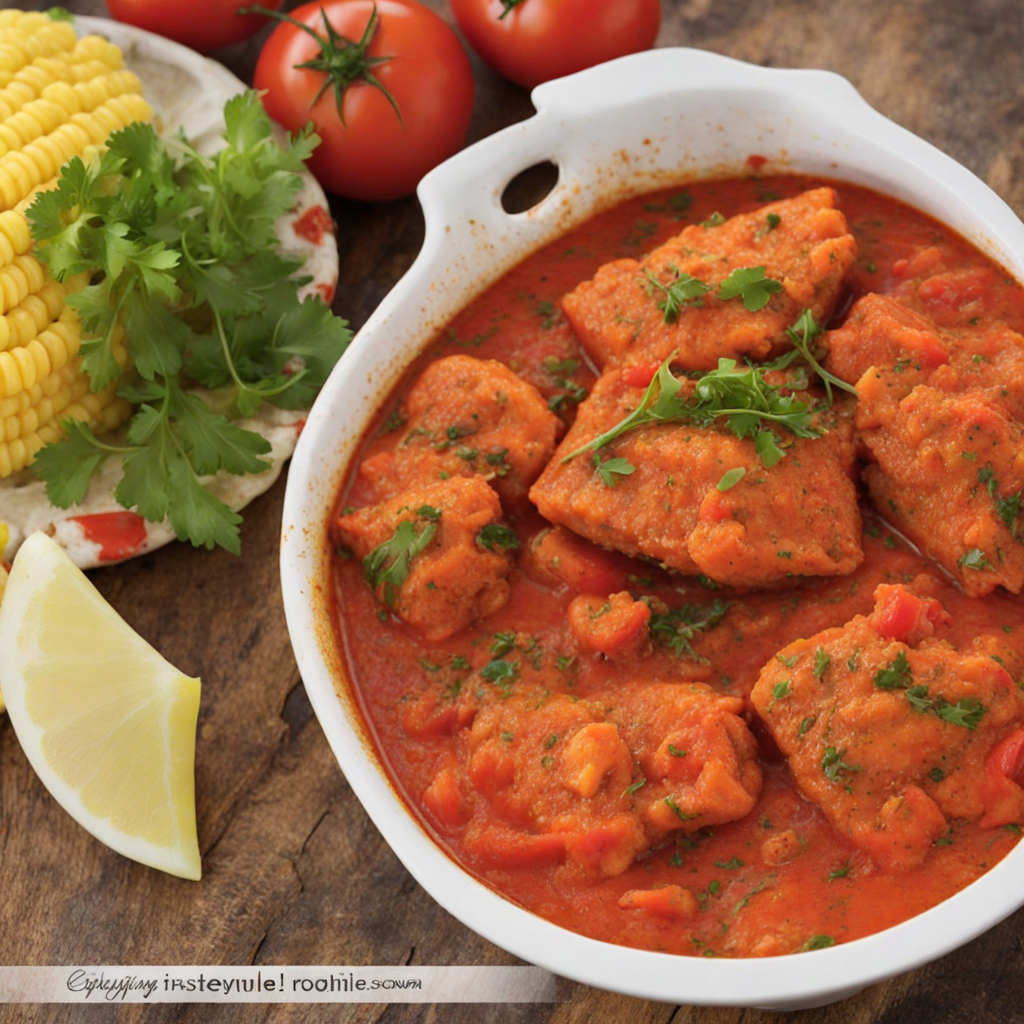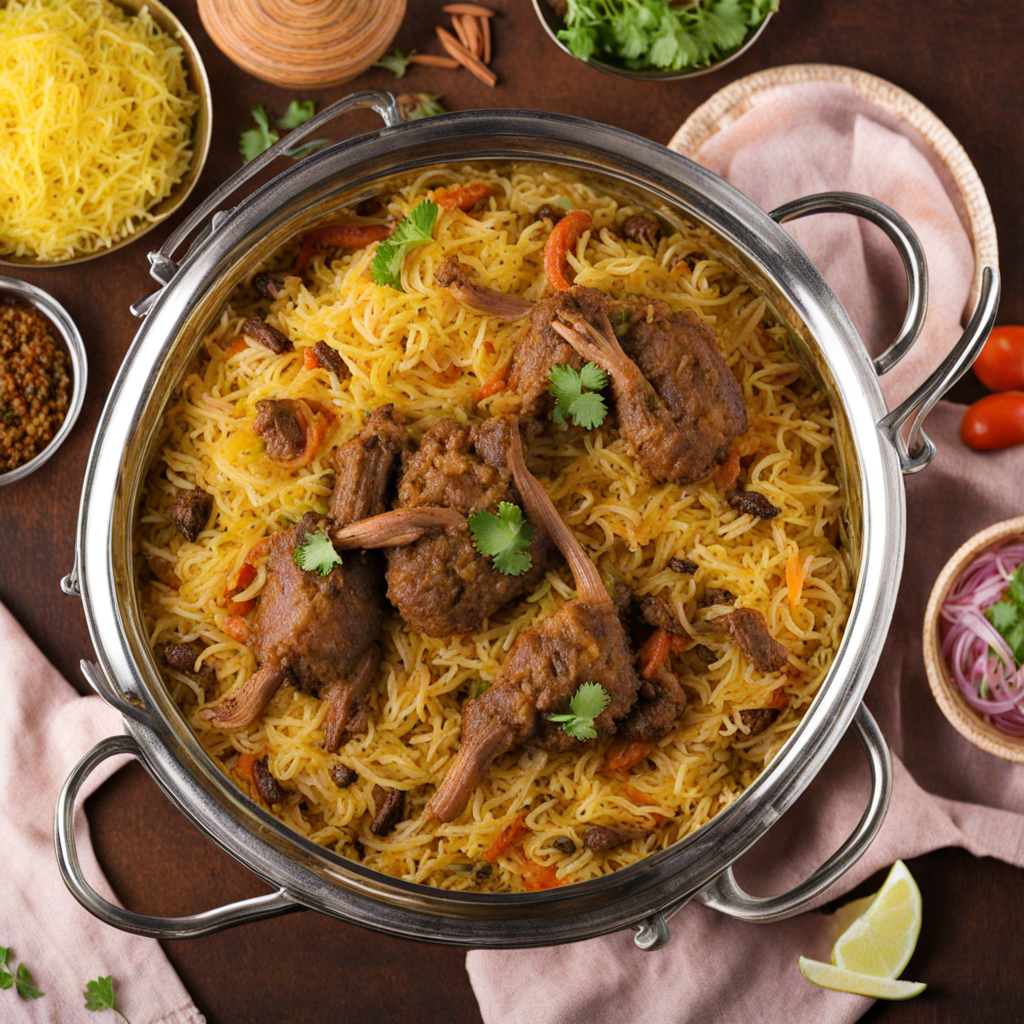Creole Sausages
Creole sausages from Mauritius are a delectable embodiment of the island's rich culinary heritage, influenced by a blend of African, French, Indian, and Chinese flavors. These sausages are typically made from finely minced pork, beef, or chicken, and are seasoned with a vibrant mix of spices such as garlic, thyme, and chili, giving them a bold and aromatic profile. The combination of these spices not only enhances the natural flavors of the meat but also reflects the multicultural essence of Mauritian cuisine, making each bite an exploration of diverse tastes. What sets Creole sausages apart is their unique preparation method. The sausages are often marinated for hours, allowing the spices to penetrate the meat deeply, resulting in a savory and succulent dish. They are then typically grilled, fried, or roasted, achieving a crispy exterior while preserving a juicy interior. Served alongside a tangy sauce or a fresh salad, these sausages offer a delightful contrast of textures and flavors, making them a popular choice for street food enthusiasts and home cooks alike. In Mauritius, Creole sausages are not just a dish but a cultural experience, often enjoyed during family gatherings or festive occasions. When you take a bite, you are not only tasting the rich flavors of the meat and spices but also savoring the spirit of the island's communal dining tradition. Whether served in a bun, as part of a hearty plate, or alongside a spicy chutney, these sausages invite you to indulge in the warmth and vibrancy of Mauritian culinary culture.
How It Became This Dish
Sosis Kreol: A Culinary Journey Through Mauritius Origins of Sosis Kreol Sosis Kreol, the beloved sausage of Mauritius, is a dish that embodies the island's rich cultural tapestry, woven from the threads of its diverse history. The origins of Sosis Kreol can be traced back to the melding of various culinary traditions brought to the island by waves of immigrants, including those from Africa, India, France, and China. Each group contributed to the evolving Mauritian palate, creating a unique blend of flavors and ingredients. The word "sosis" itself is derived from the French "saucisse," which reflects the French colonial influence on Mauritian cuisine. The French brought with them their charcuterie techniques, which inspired local adaptations using the island's abundant local meats and spices. However, it was the unique combination of spices and cooking methods from various cultures that gave birth to Sosis Kreol as a distinct dish. Cultural Significance In Mauritius, Sosis Kreol is more than just food; it's a symbol of unity in diversity. The island is often described as a melting pot of cultures, with a population composed of Creole, Indian, Chinese, and European communities. Sosis Kreol serves as a culinary representation of this multiculturalism, where different influences harmonize to create something new and representative of Mauritian identity. Traditionally, Sosis Kreol is made using a mixture of minced meat—commonly pork, although chicken or beef can also be used—seasoned with spices such as garlic, chili, thyme, and sometimes even a hint of ginger. The sausages are often encased in natural casings, typically made from intestines, and are then either grilled, fried, or slow-cooked in a sauce. The dish is commonly enjoyed at family gatherings, street food stalls, and local restaurants, serving as a comfort food that evokes nostalgia and togetherness. In the Creole community, sharing a meal of Sosis Kreol with family and friends is an essential aspect of social life, where stories, laughter, and food come together to create lasting memories. Development Over Time As Mauritius evolved through the years, so did Sosis Kreol. In the early 20th century, as the island's agricultural sector expanded, local farmers began to raise livestock more systematically, leading to an increased availability of meat. This boom allowed more families to incorporate Sosis Kreol into their diets, making it a staple in both rural and urban areas. By the 1960s and 1970s, Mauritius was experiencing significant social and economic changes. The island was transitioning from a plantation economy to one that embraced tourism and service industries. As tourism flourished, so did the interest in local cuisine. Sosis Kreol began to gain recognition beyond the island, appealing to tourists eager to sample authentic Mauritian flavors. In the 1980s and 1990s, the dish underwent further transformation as chefs began experimenting with new combinations of spices and cooking techniques. Fusion cuisine emerged, blending traditional recipes with contemporary culinary practices. This period saw the introduction of more adventurous flavors, including the use of local fruits like mango and pineapple in accompanying sauces, elevating Sosis Kreol to new gastronomic heights. Modern Interpretations Today, Sosis Kreol can be found in a variety of forms across Mauritius. Street vendors often serve it grilled on skewers, accompanied by spicy chutneys, while upscale restaurants may present it as part of a more refined dish, plated with colorful sides and garnishes. The advent of food trucks and pop-up eateries has also contributed to the evolution of Sosis Kreol, with chefs offering innovative takes on the classic recipe. Moreover, health-conscious trends have influenced how Sosis Kreol is prepared. Some chefs have started to experiment with leaner meats and vegetarian alternatives, catering to a growing demographic of health-conscious consumers. This has led to the creation of plant-based or chicken versions of Sosis Kreol, ensuring that the dish remains relevant in a changing culinary landscape. Sosis Kreol in the Global Context As Mauritian cuisine gains traction on the global stage, Sosis Kreol has found its way into the hearts and plates of food lovers around the world. The rise of social media and food blogs has allowed for greater visibility of this unique dish, with food enthusiasts sharing their experiences of enjoying Sosis Kreol during their travels to Mauritius. Culinary festivals focused on global street food have also highlighted Sosis Kreol, introducing it to new audiences. In these contexts, the dish is often celebrated not only for its flavor but also for the story it tells about the island's rich history and diverse heritage. Conclusion Sosis Kreol is a dish steeped in history, culture, and community. Its evolution from a simple sausage to a beloved symbol of Mauritian culinary identity reflects the island’s dynamic history and the interplay of cultures that shape its society. As Mauritius continues to grow and change, Sosis Kreol remains a steadfast reminder of the island's commitment to preserving its culinary heritage while embracing new influences. In every bite of Sosis Kreol, one can taste the stories of generations, the melding of spices, and the warmth of shared meals among families and friends. Whether enjoyed at a roadside stall or a fine dining restaurant, Sosis Kreol invites all who partake in it to celebrate the spirit of Mauritius—a place where flavors unite and cultures converge, creating a vibrant and flavorful tapestry that is uniquely its own.
You may like
Discover local flavors from Mauritius







